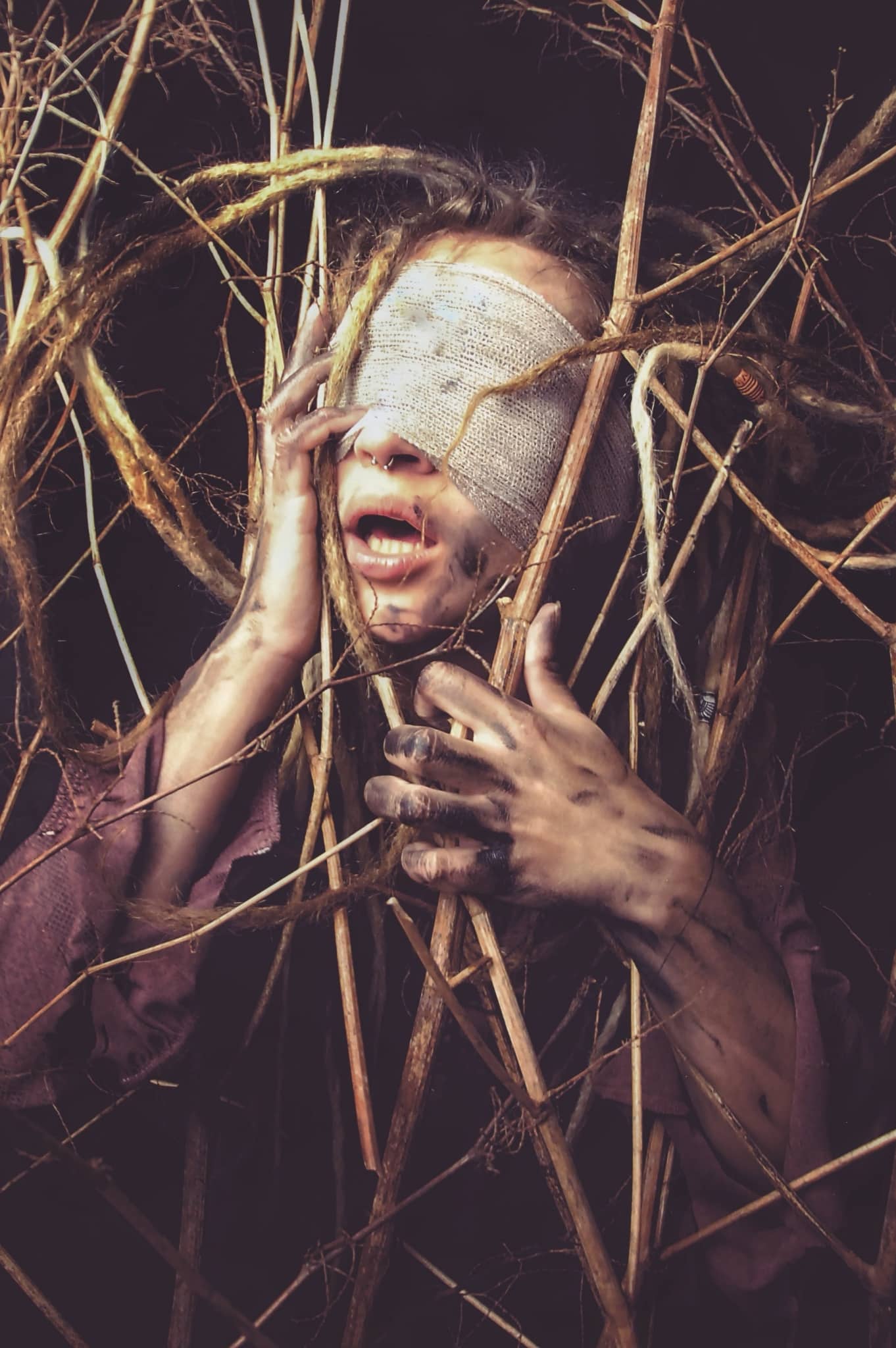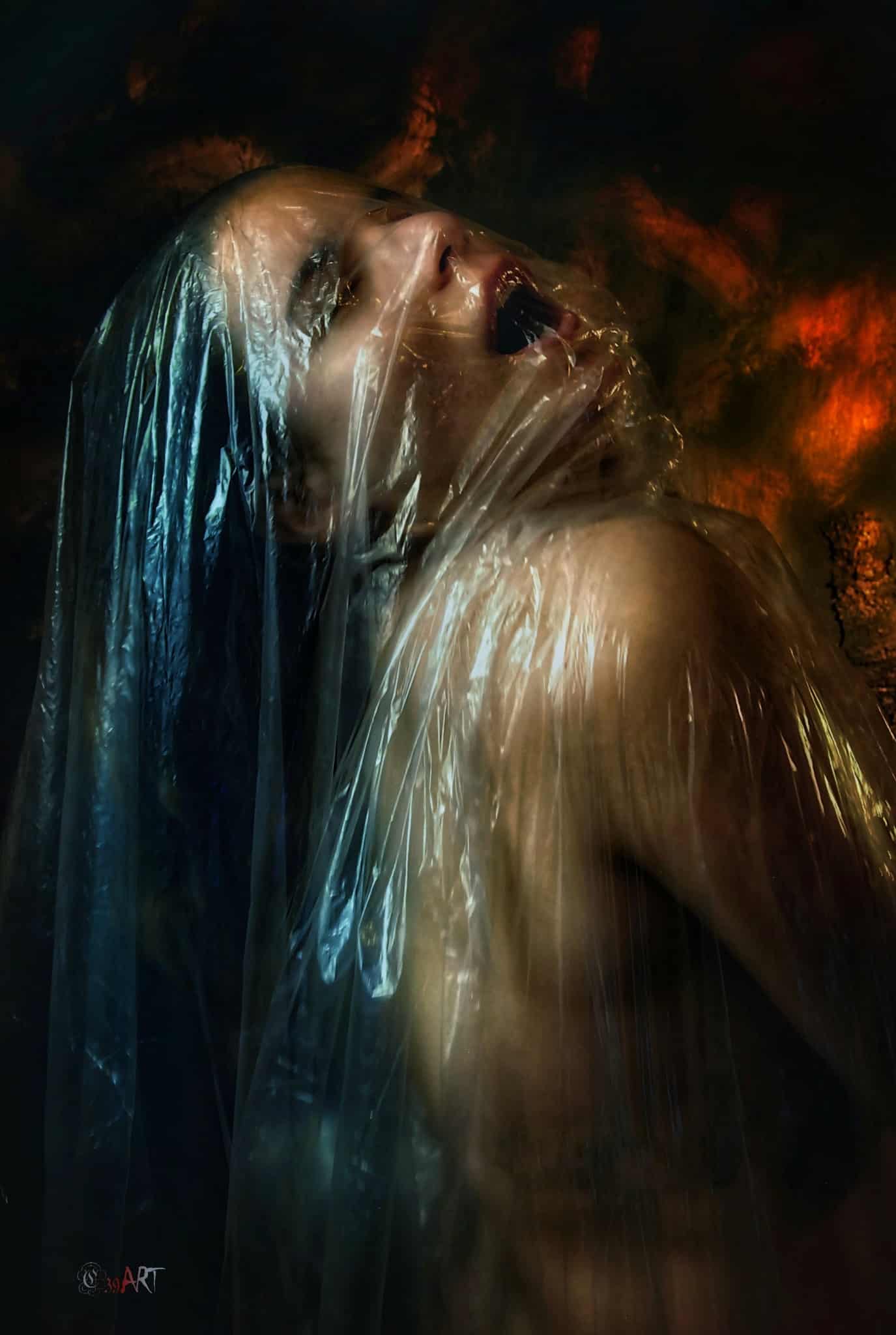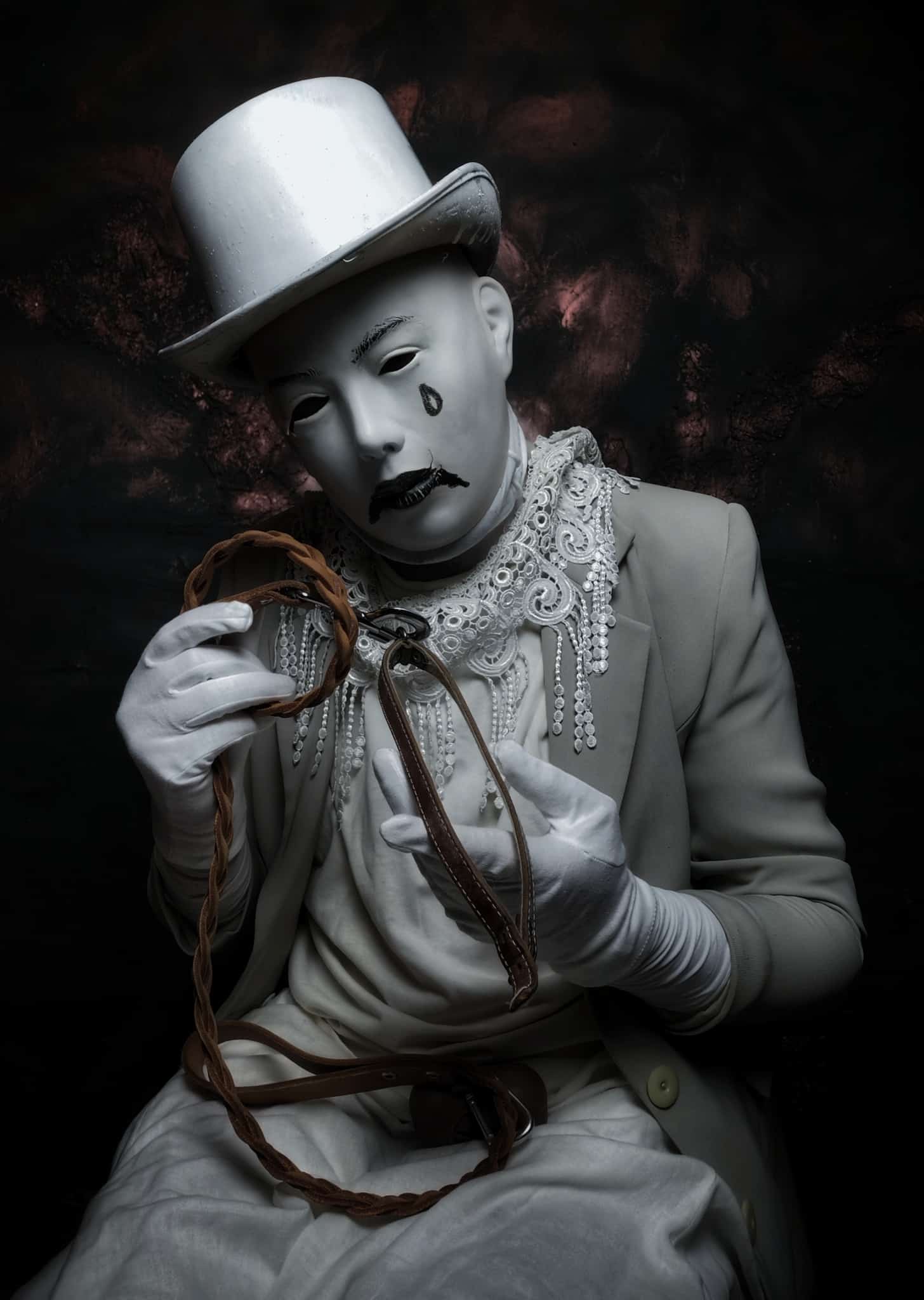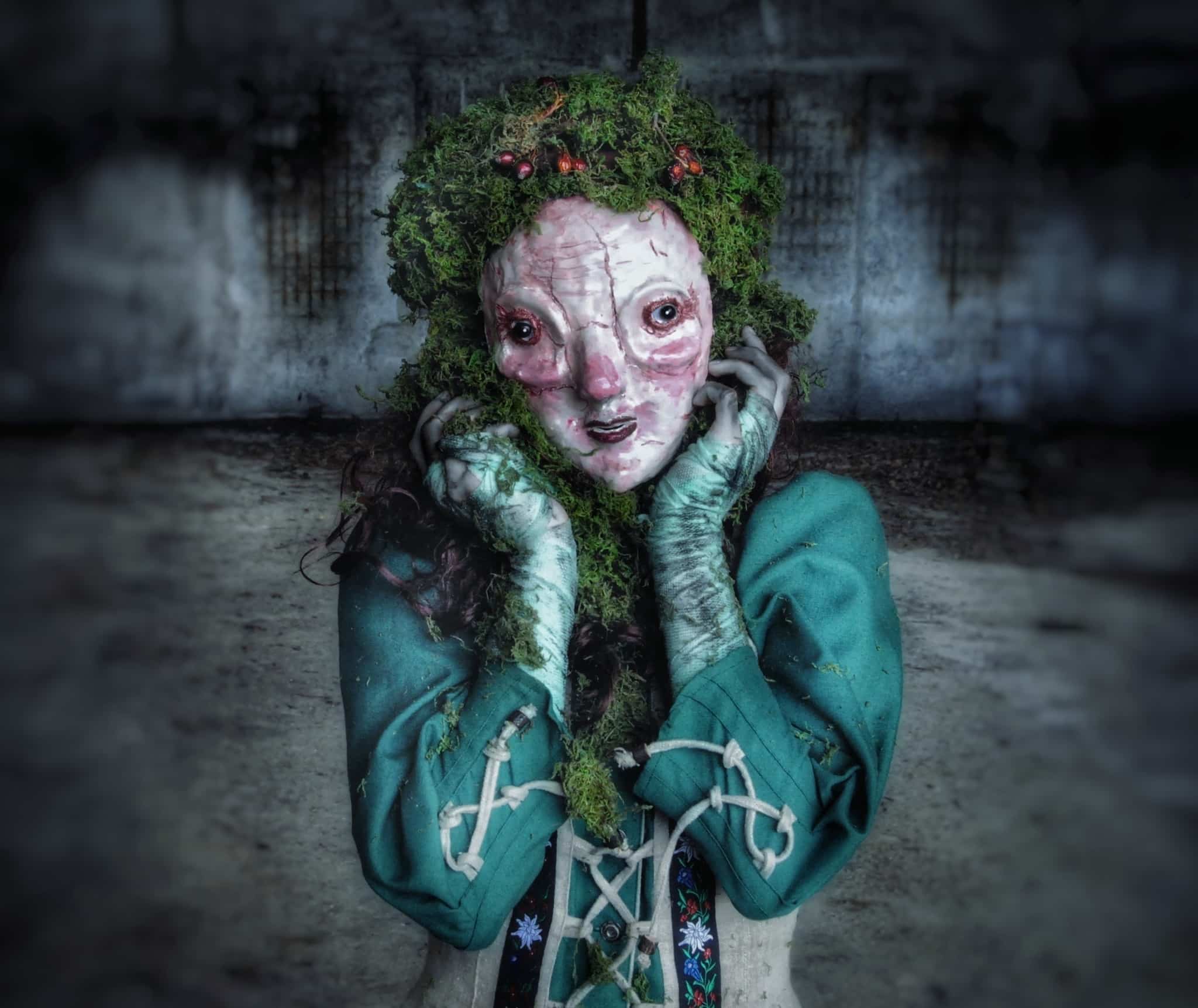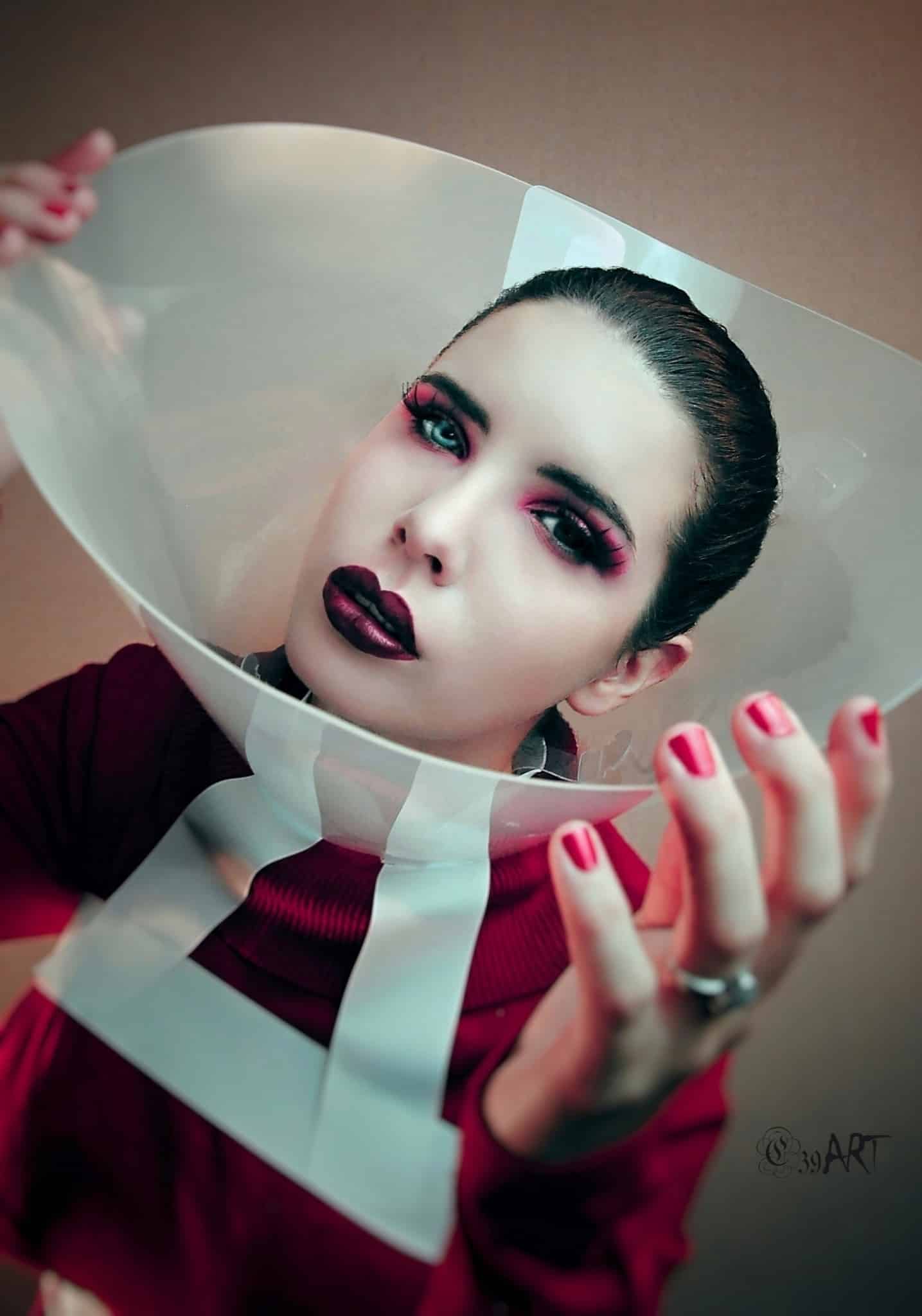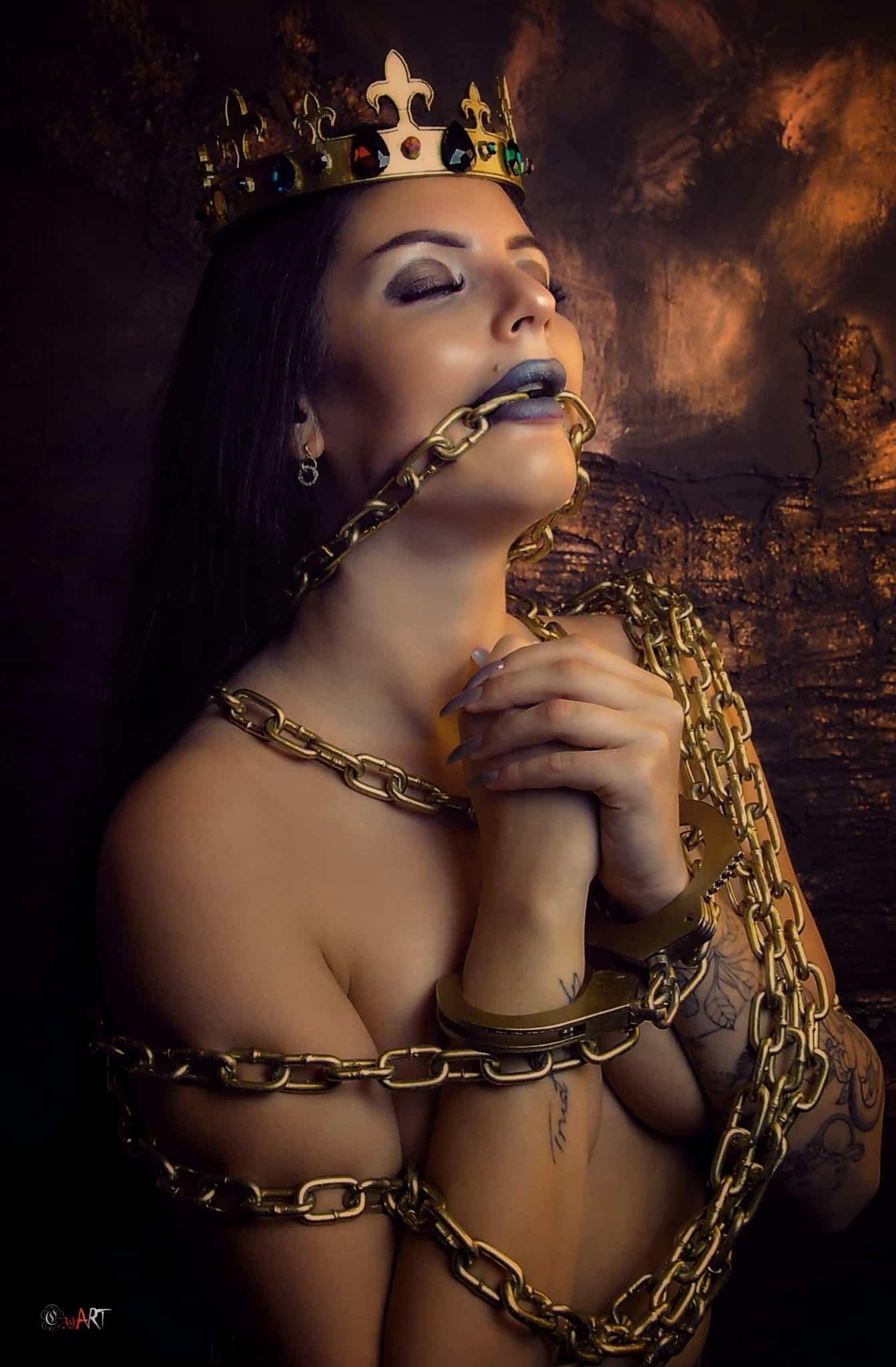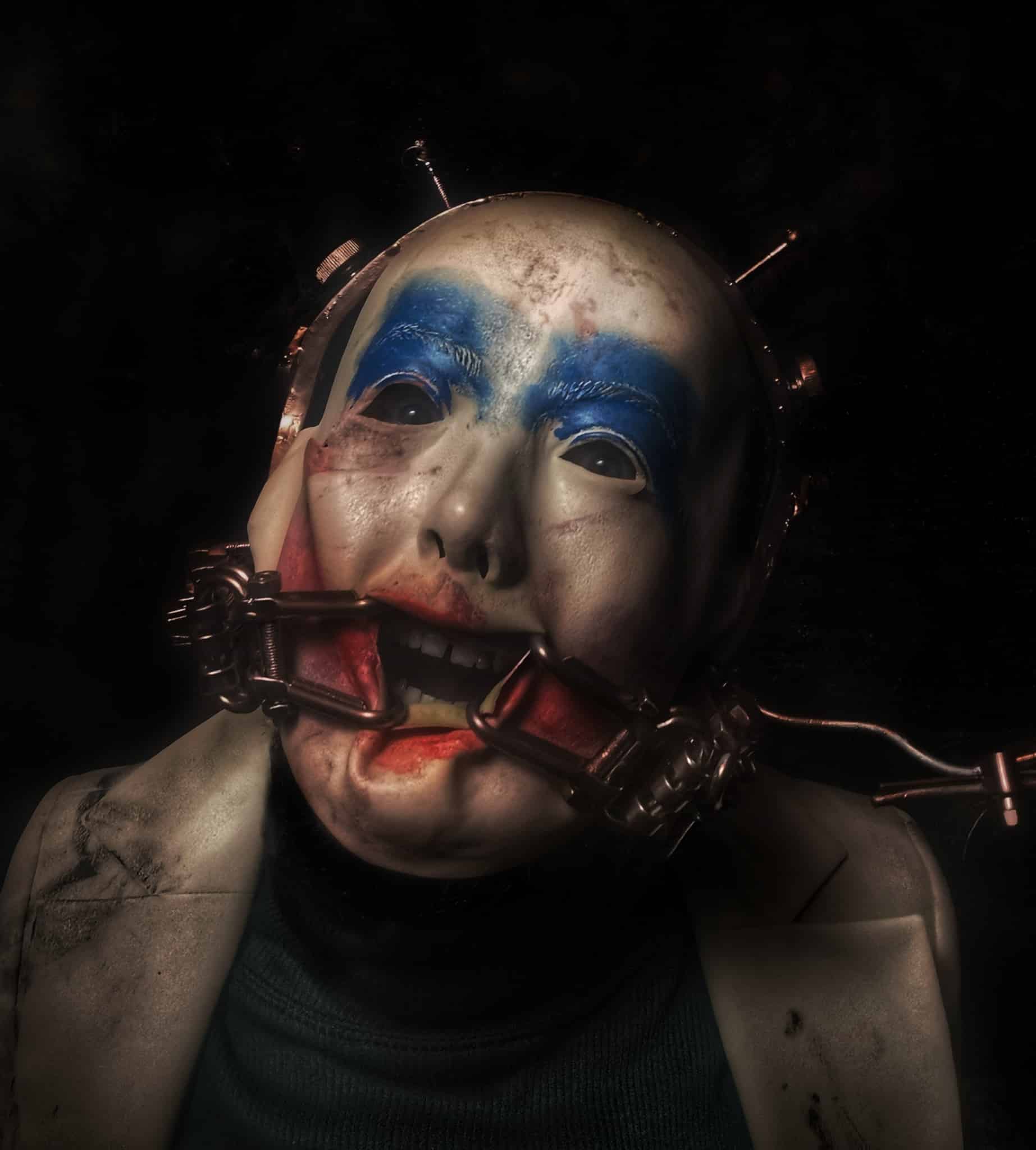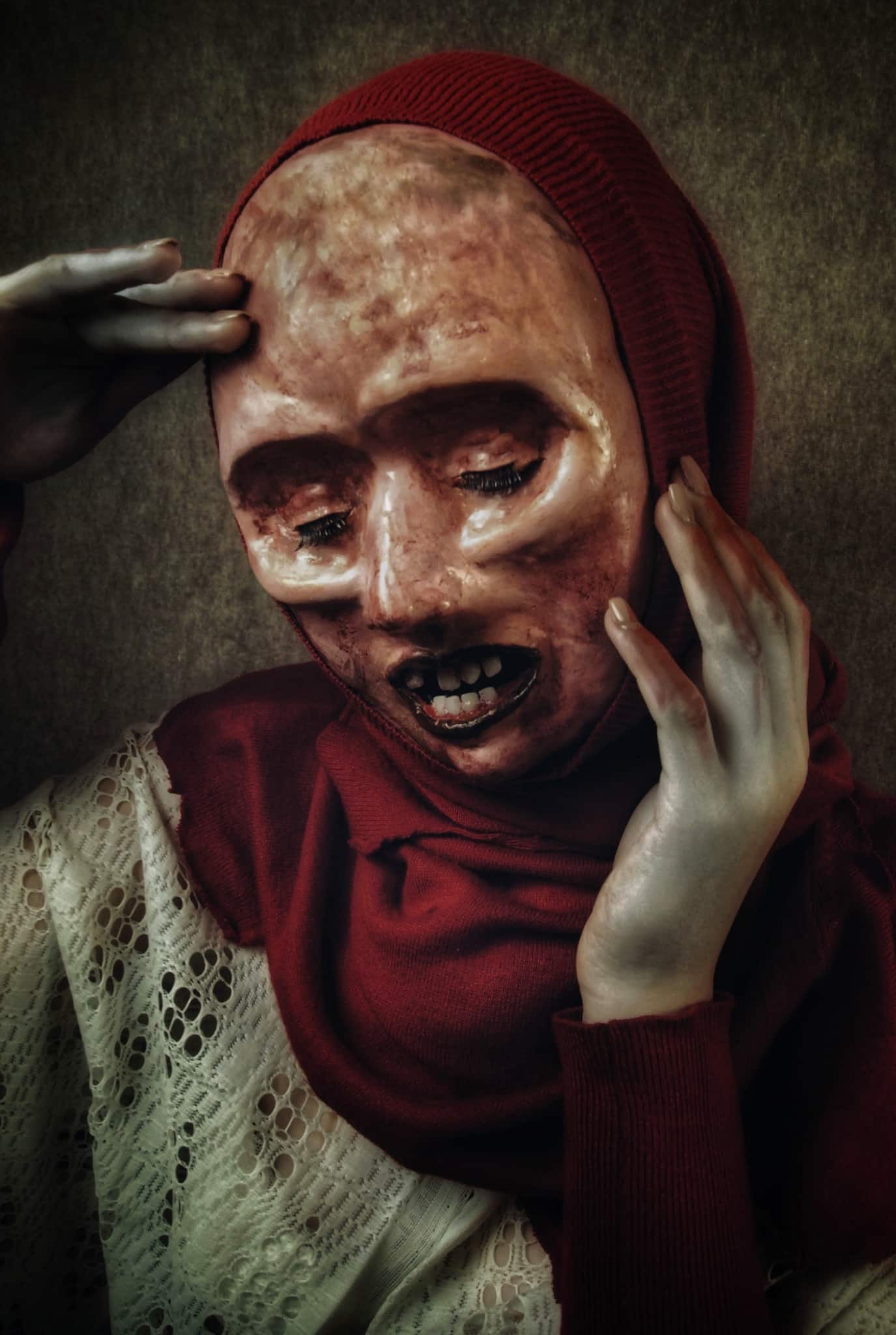Horror photographer Peter Murín: Masks are the incognito, the mysterious. I shape precisely the expression I desire.
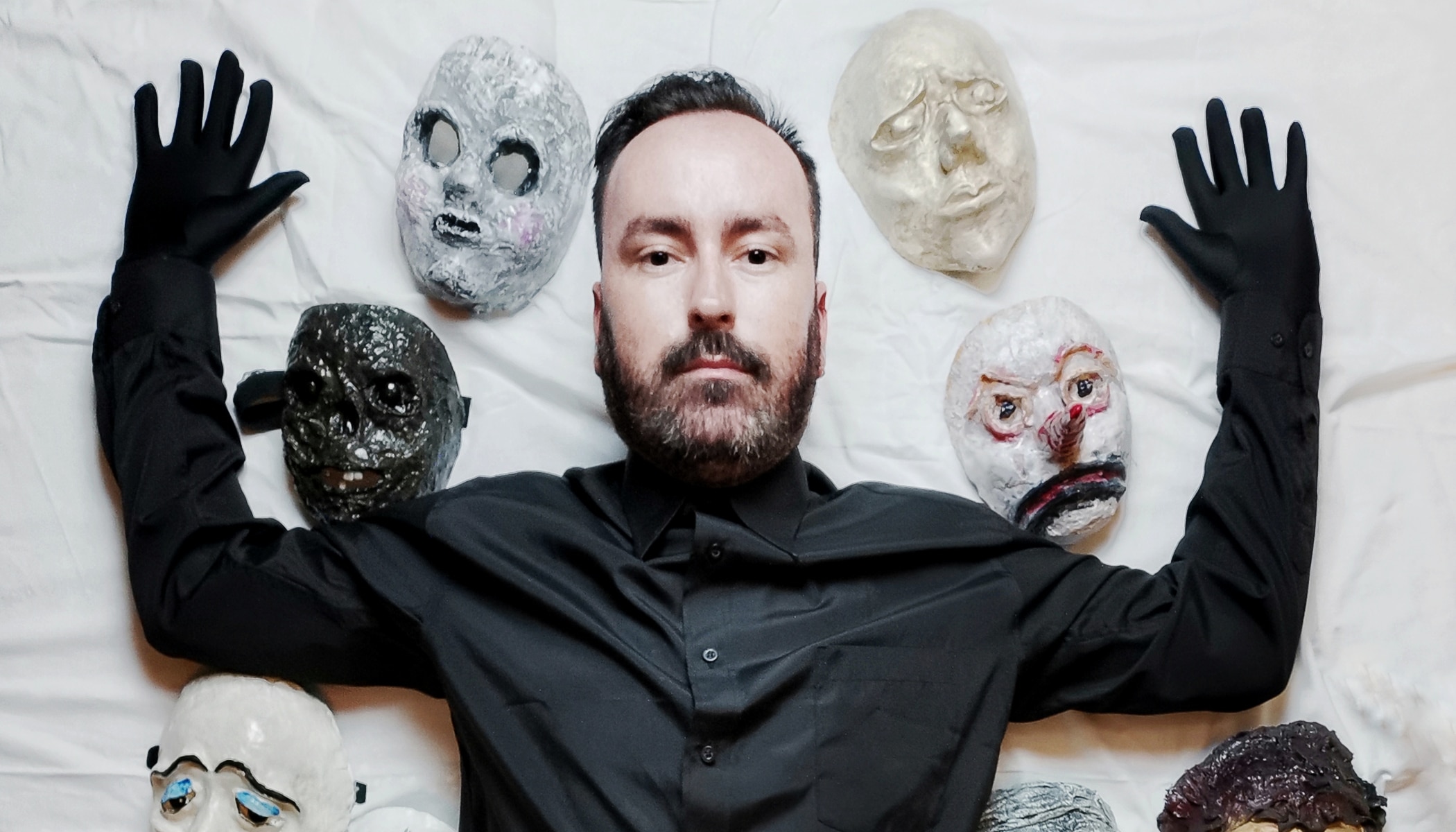
He started with horror make-up, but over time he created a unique signature through his terrifying handmade masks. Slovak photographer Peter Murín has seen all kinds of reactions to his odd hobby, from recommending the psych ward to sending passages from the Holy Writ. But that didn’t scare him, so today he can pride himself on photos in many magazines and customers all the way to the USA.
You work in a fairly untraditional photographic domain. What was your path to horror photography?
I’ve been inclined towards horror since my childhood. The first horror I saw was Alien, when I was around eight. And I was really scared afterwards. From cinematography to literature to art overall, horror has always attracted me in all these forms. It was just a matter of time before I began reshaping it into my favorite – photography. I’ve been taking pictures since my youth; my father was a hobby photographer, and I definitely inherited that from him.
Your photos undoubtedly evoke emotions, and often questions too. Do you ever try to create a sort of story?
Narrativity and some sort of reference were inseparable parts of my photos in, at the very least, my original projects. Actually I built it all on top of that. I didn’t want just empty horror-cliché photographs. They always had to have some sort of fitting name and tell a certain story. Photographs should awaken emotions in everyone. Maybe positive, maybe negative. With me we’re talking more about option #2.
Speaking of emotions, what reactions to your work do you run into?
At the start it was a complete catastrophe. I’d arrived with something new that people weren’t very used to, and their reactions reflected that. From ridicule to insults out to some sort of recognition. They recommended psychiatry or selling my camera and even sent me Bible verses so that my murky soul could find a path to the light. Today I have my own strong fan base and don’t take negative comments as critically as I did at the start.
Your work is characterized by the use of masks – we rarely see your models with uncovered faces. Why?
Because nearly everyone photographs faces; almost no-one photographs masks. Masks represent the incognito, the mysterious, and a change of identity. Anyone can be hiding behind my mask, and at that moment they have just the face and expression I created and desired. My masks are unique, they’re my signature, and they add to the photo’s value.
You make the masks for your photos yourself. How did you get started with something like this?
In my very beginnings, I started with just makeup. It had a boom right then, and lots of people were doing it. I needed to make my work unique and different from everything else. I adore the horror films with a masked antagonist. From Halloween to Scream to my favorite, The Texas Chainsaw Massacre. That’s why I decided I’d also try creating some sort of unsettling mask and taking some pictures with it. I liked it so much that I’ve stuck with it to this day.
What all lies behind the making of a mask? How hard of a process is it?
I make masks from a variety of materials, like paper, plaster, and ceramic clay. Each material means different work – and drying times too. For example ceramic clay can take up to two days to dry after modeling. I then grind the mask into its final form, paint it with acrylics, and varnish it. The straps or rubber bands go on last. When I’m creating something complicated, it can even take a week.
What actually happens with a “used” mask?
Some of them stick around to decorate my horror studio, though I make masks to order too. I’ve already sent out masks to the Czech Republic, Poland, Belgium, Germany, and even the USA. I’m getting ready to set up an e-shop soon on my Instagram and Facebook where people can buy anything they want out of the masks and props I’ve used in my photography.
Your last photo series, called Beauty, is completely different. It radiates less horror at first sight, and you’ve also laid aside your signature masks. What led you to that?
Honestly I was feeling too boxed in by horror and masks. Of course, that is the path I chose as an artist, but I felt tempted to try something new as well. The Beauty project represents a melding of pleasing portrait photography with something unsettling or strange.
The models went without masks and had beautiful makeup and styling. But I still tried to retain that “weird” signature of mine in these photos. To my great surprise, these photos were rather successful and appeared in several magazines worldwide. That expanded my target audience quite a bit, which I’m naturally very glad about.
You talked about inspiration from horror and art. Do you also draw ideas from life around you?
I try to live in a way that makes my life itself an inspiration for my artistic output. From the people that I meet to the situations I experience. I try to soak it all in and then reflect it in my photos and masks. It’s not always a good choice, and I can get into a phase where I have to take a break and regenerate. Physically and mentally. Especially after one of those bigger projects, I can sense how I need to take a breather.
How much are your scenes styled in the real world, and how much do you finish up in post in Zoner Studio?
In my older projects I tried to create the whole scene and shoot it just like it really was. At present I only create props, while fine-tuning the look in Zoner Studio. In my outdoor photos this is mainly about final touches and fixing the weather, because a ghastly photo shouldn’t include a rosy meadow and sunny weather.
What tools in Zoner Studio could you never do without?
Definitely the brushes for editing a photo’s look, as well as the Clone Stamp.
Do you have a key piece of advice for someone who wants to get started with horror photos?
I personally think horror photography isn’t for everyone. I know many people who’ve tried something similar but didn’t really have a knack. If you want to create horror, you must live horror too. They say that everyone has both light and darkness inside them, and these should be more or less in balance.
We who create this type of art simply have a little more of that darkness inside.
And one final question: what’s next for you?
After the Beauty project, which was considerably “softer” than my previous works, I’m diving back down into hard blackness. My next project, now my eighth, will have the rather untraditional name 23:59. I published its cover photo not long ago.
I’m returning to masks, and starting to design and sew my own costumes as well. It will be different yet again, because with each new project I try to shift and lift my standard a little higher. You can look forward to new masks, imaginative accessories, props, and lots of lunacy from my workshop…
